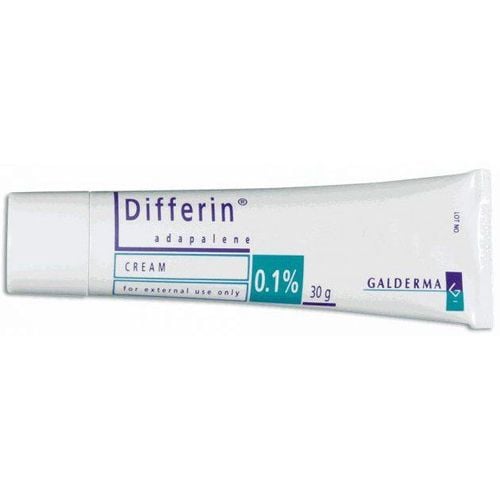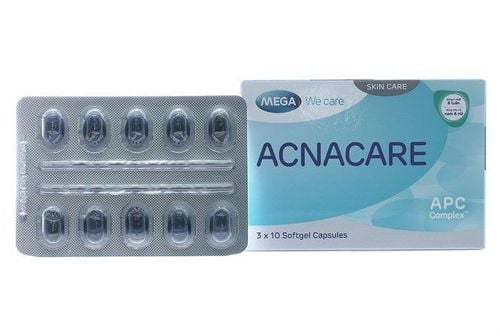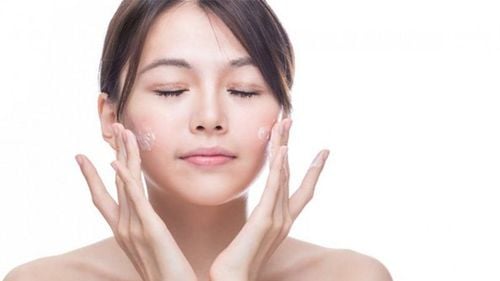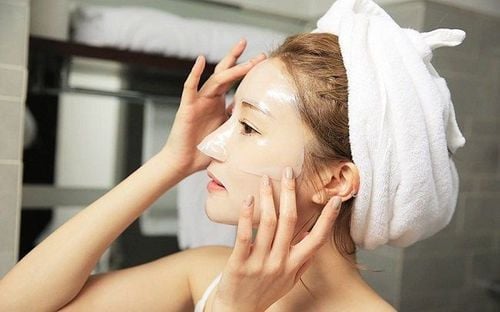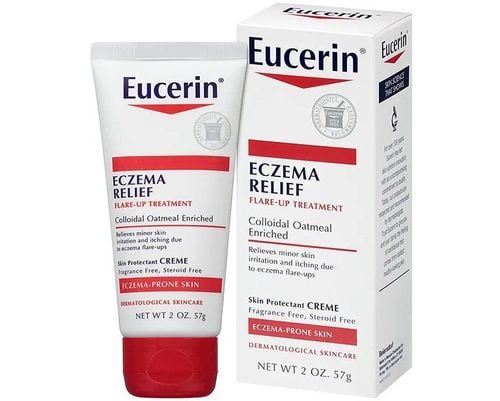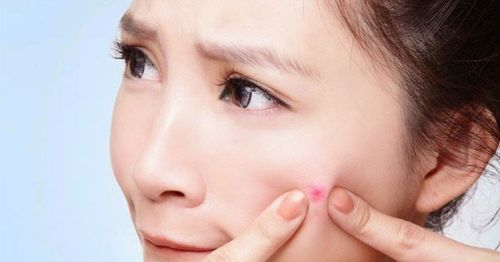This is an automatically translated article.
It is a fact that people with acne are very difficult to bear with their acne. What they want to do is squeeze those pimples out. However, this has caused certain damage to the skin, so should a mask be applied after squeezing acne?
1. Harm of squeezing acne the wrong way
Acne skin damage can be immediate and long-lasting, which is why most dermatologists are cautious about treating acne. Some of the effects from squeezing acne the wrong way include:
Scars: Pressure from squeezing pimples can damage the underlying skin cells and lead to scarring; Hyperpigmentation: The wrong way of squeezing acne can lead to inflammation, causing hyperpigmentation or skin discoloration compared to the surrounding skin; Infection: Squeezing acne makes the damaged skin vulnerable to bacteria attack. Therefore, acne is often inflamed, so it is red, hot to the touch and sometimes oozing pus; Recurrence acne: After squeezing, acne can return to its original position. However, it will be more irritating, redder and bigger...this is not what poppers want. SEE ALSO: After exfoliating, should I apply a mask?
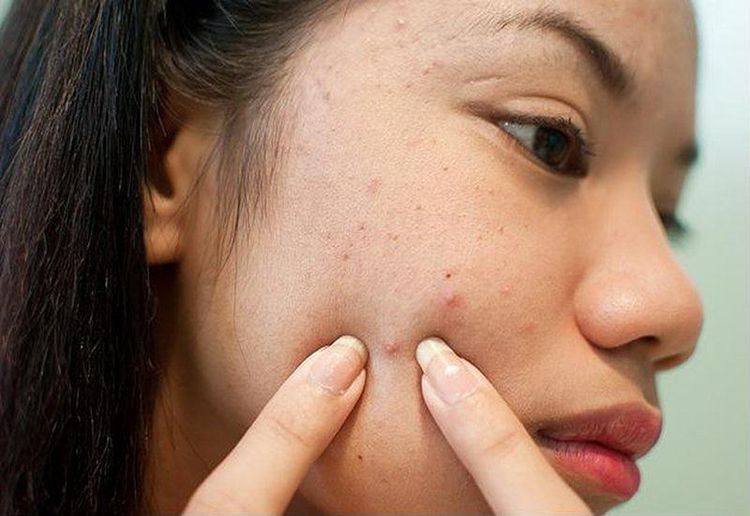
Nặn mụn sai cách khiến làn da bị tổn thương và để lại hậu quả nghiêm trọng kéo dài
2. How to squeeze acne properly?
Dermatologists consider squeezing pimples as an effective treatment. If you are not a dermatologist, you need to keep in mind some measures and rules that doctors often apply when they want to squeeze pimples at home.
Operations must be sterile and clean: Doctors often wear gloves and use sterile tools to avoid introducing bacteria into the skin; Apply moderate pressure on pimples: Well-trained dermatologists usually apply just the right amount of force on each pimple. Using moderate force will reduce the risk of scarring, and people who squeeze acne need to know when to stop (the acne has gone out) to avoid more skin damage; Using supportive drugs: Usually if you squeeze acne in dermatology clinics, doctors can inject corticosteroids into large or painful acne spots to promote healing after squeezing pimples; Know which types of acne to squeeze and which don't: Some pimples, while annoying, can still be treated without squeezing. If you are "tempted" by acne and want to squeeze it immediately, keep in mind the above notes to minimize skin damage and help skin healthier.
3. Should a mask be applied after squeezing acne?
Should you wear a mask when you have acne or not? In fact, there are many types of masks specifically for acne-prone skin and when using the right type of mask, it will help very well in the treatment of acne.
However, what mask should be applied after squeezing acne? This is not necessary because immediately after squeezing the acne, the patient should not apply the mask immediately. The reason is because at this time, there are a lot of bacteria on the surface of the skin, applying a mask on unclean skin makes acne easier to become infected, difficult to heal, or even infected. On the other hand, with a mask containing a lot of nutrients, applying it directly right after squeezing the acne can clog the pores.

Không nên đắp mặt nạ sau khi nặn mụn vì lúc này da đang rất nhạy cảm
4. Alternative treatments for squeezing acne
Instead of squeezing acne and accepting the risk of skin damage, we can replace it with measures to take care of it. This requires patience from the patient, but the results are sometimes better. Here are some effective acne skin care measures without squeezing:
Do not touch the acne skin: Touching the pimples continuously will stimulate us to want to squeeze them, and at the same time make bacteria From the hands clinging to the acne spots cause more serious infections. Therefore, to limit damage, patients should not touch the acne and must wash their hands before touching the face; Cold compress: Using a clean ice pack to apply to a pimple can help reduce swelling and redness caused by acne; Use acne products: Using topical acne products such as benzoyl peroxide and salicylic acid can help reduce dark spots caused by acne. These products take time and are applied regularly (maybe about 4 to 6 weeks) to be effective; Creating a skin care routine is essential: getting into the habit of washing your face twice a day, applying acne products, and exfoliating when needed can prevent breakouts or worsening of acne. MORE: Can antibiotics be used to treat acne?
5. When should a patient see a specialist?
If you have applied topical treatments to acne but do not see improvement, the patient should see a dermatologist, especially when the acne is causing a lot of pain. Your doctor may prescribe stronger medications to treat acne. Antibiotics are the first choice for killing acne-causing bacteria. Commonly used antibiotics include:
Amoxicillin ; Clindamycin; Doxycycline; Erythromycin . If your acne is caused by a hormonal disorder, your doctor may prescribe other medications, such as hormonal birth control pills, an anti-androgen, or spironolactone.
Please dial HOTLINE for more information or register for an appointment HERE. Download MyVinmec app to make appointments faster and to manage your bookings easily.
Reference source: healthline.com



